
Seven-spot
Ladybird. As I cut the grass in our UK front garden I spot a ladybird
crawling up the Contorted Hazel Tree to warm itself in the early Spring
sun. An insect to strike fear into tiny Aphid minds. The name ladybird
comes from the Middle Ages when the colourful insects were known as "the
beetle of Our Lady". They were named after the Virgin Mary because in
early religious paintings she was often shown wearing a red cloak. The
seven spots symbolise seven joys and seven sorrows.: photo by Jason, 25 March 2007
1
In the cowslips peeps I lye
Hidden from the buzzing fly
While green grass beneath me lies
Pearled wi’ dew like fishes eyes
Here I lye a Clock a clay
Waiting for the time o’day
2
While grassy forests quake surprise
And the wild wind sobs and sighs
My gold home rocks as like to fall
On its pillars green and tall
When the pattering rain drives bye
Clock a Clay keeps warm and dry
3
Day by day and night by night
All the week I hide from sight
In the cowslips peeps I lye
In rain and dew still warm and dry
Day and night and night and day
Red black spotted clock a clay
4
My home it shakes in wind and showers
Pale green pillar top’t wi’ flowers
Bending at the wild wind’s breath
Till I touch the grass beneath
Here still I live lone clock a clay
Watching for the time of day
In the cowslips peeps I lye
Hidden from the buzzing fly
While green grass beneath me lies
Pearled wi’ dew like fishes eyes
Here I lye a Clock a clay
Waiting for the time o’day
2
While grassy forests quake surprise
And the wild wind sobs and sighs
My gold home rocks as like to fall
On its pillars green and tall
When the pattering rain drives bye
Clock a Clay keeps warm and dry
3
Day by day and night by night
All the week I hide from sight
In the cowslips peeps I lye
In rain and dew still warm and dry
Day and night and night and day
Red black spotted clock a clay
4
My home it shakes in wind and showers
Pale green pillar top’t wi’ flowers
Bending at the wild wind’s breath
Till I touch the grass beneath
Here still I live lone clock a clay
Watching for the time of day
John Clare (1793-1864): Clock-a-Clay, composed at Northampton Asylum between 1842 and 1864, from John Clare: The Later Poems, edited by Eric Robinson and David Powell, 1984
John Clare, born in the rural village of
Helpston, has been called the "greatest English poet ever to come from
the labouring classes." A field worker from childhood, Clare
nevertheless received a rudimentary education and became a great reader
and writer of poetry and a brilliant nature writer. In this little poem,
"Clock a Clay," he speaks in the voice of the insect you may know as a
"ladybug" or "ladybird." The name "Clock a Clay" comes from the rural
Northhamptonshire belief that you can tell time by counting the number
of taps on the ground it takes to make a lady bug fly away. -- Susan Stewart
The ladybird’s name –- ‘Clock a Clay’ -– alludes to the idea that you
can tell the time by her in much the same way as a dandelion-clock, as
she sits on your hand while you count the hours before she flies away.
There has always been a close story-telling link between the little
beetle and her human observers, urging her away to save her house from
fire and return her children to safety. Did this tale also inform
Clare’s vision? No fire for him, either; she will be safe if
it’s the last thing … ‘watching for the time of day’ (l. 24). Time for
what; to be free, or to get on with everyday life? Is this the Last
Trump? -- Sue Edney
Ladybirds. too, are ben trovato in
my garden. Aristocrats among beetles are they, having, like queen bees,
special post-office permits. More than once have I brought home in my
handkerchief a colony of jeweled ladybirds to be reëstablished at the
foot of some aphis- or scale-infested plant, sure that they will
accomplish their modest mission on earth. -- Gilbert White (1720-1793): from My Garden Beasts
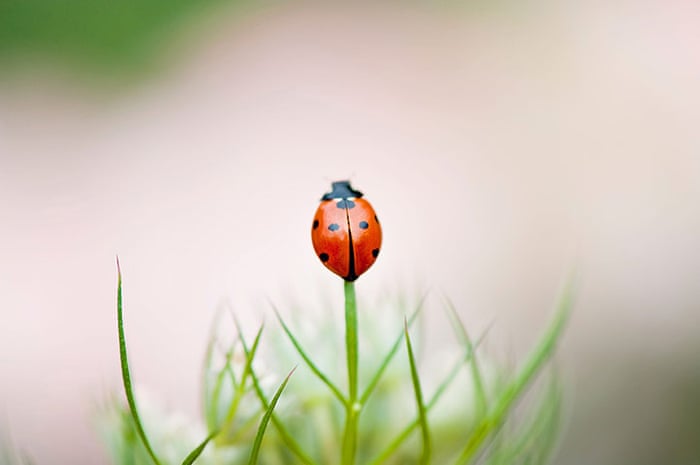
A 7-spot Ladybird (Coccinella septempunctata)
on a Queen Anne's lace flower head. Probably the ladybird most
frequently noticed in Britain, it is red with up to nine black spots and
measures 5mm-8mm. Habitat: varied, but often low herbage. Overwinters
in low herbage and in conifer foliage: photo by Jacky Parker/Alamy via The Guardian, 27 October 2015

Ladybirds -- lots of them! [Lincolnshire] -- especially 7-spots :-). Check out all the aphids too!: photo by nutmeg66, 26 July 2009

Ladybird lovin' [Lincolnshire]. A pair of pine ladybirds (Exochomus quadripustulatus) get a bit of action. Their heart-shaped splodges were kind of appropriate for today's love-fest. Handheld, natural light.: photo by nutmeg66, 17 April 2007

"Ladybug Ladybird" [Ottawa]: photo by Stuart Williams, 10 June 2009
Transverse Ladybird (Coccinella transvwesalis), Austins Ferry, Tasmania: photo by JJ Harrison, 27 August 2009
A 22-spot yellow-punctuated ladybird (Psyllobora vigintiduopunctuata), Dresden, Lower Saxony: photo by Olaf Leillinger, 25 September 2005
Seven-spot Ladybird (Coccinella septempunctuata), Oxfordshire: photo by Charlesjsharp, 18 October 2013
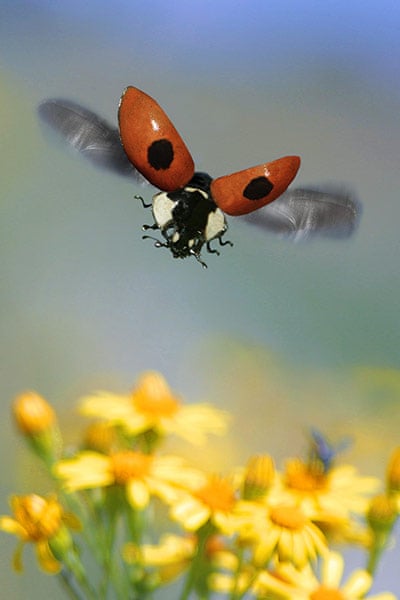
The two-spot ladybird (Adalia bipunctata)
has up to 16 black or red spots, which can be very variable – in
splodges or in a grid pattern. It is the ladybird which most commonly
overwinters in buildings: photo by Jacky Parker/Alamy via The Guardian, 27 October 2015

The pine ladybird (Exochomus qadripustulatus)
is round in shape with a pronounced rim around the margin of the wing
cases. It is black with between two and four red spots; the spots at the
outer front margin of the wing cases are comma-shaped. Inhabits needled
conifers, sallows and willows, and overwinters in leaf litter, foliage
and bark crevices of evergreen trees and shrubs: photo by Stefan Rosengren/Alamy via The Guardian, 27 October 2015
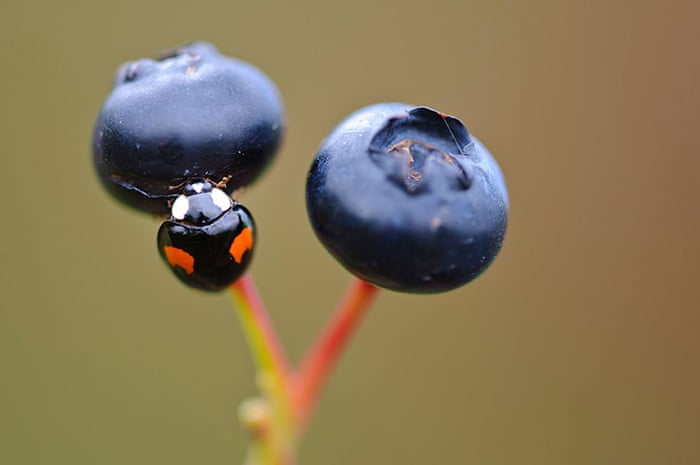
The harlequin ladybird (Harmonia axyridis)
is an alien species, which is expected to spread rapidly as it
outcompetes other species and is a major threat to them and some other
insect groups. It has a yellow-orange, orange-red, red or black body
with up to 21 orange-red or black spots, and white or cream spots, lines
or solid marking on its pronotum (front plate): photo by Alamy via The Guardian, 27 October 2015

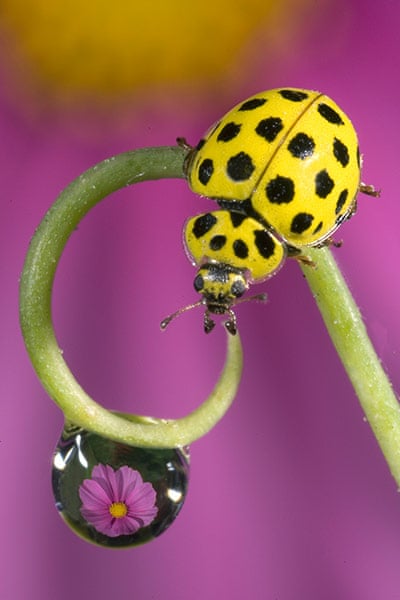
she was often shown wearing a red cloak

San Zeno Polyptych (central panel): Andrea Mantegna, 1457-60, tempera on panel (San Zeno, Verona)

San Zeno Polyptych (central panel, detail): Andrea Mantegna, 1457-60, tempera on panel (San Zeno, Verona)

San Zeno Polyptych (central panel, detail): Andrea Mantegna, 1457-60, tempera on panel (San Zeno, Verona)
While green grass beneath me lies Pearled wi’ dew like fishes eyes
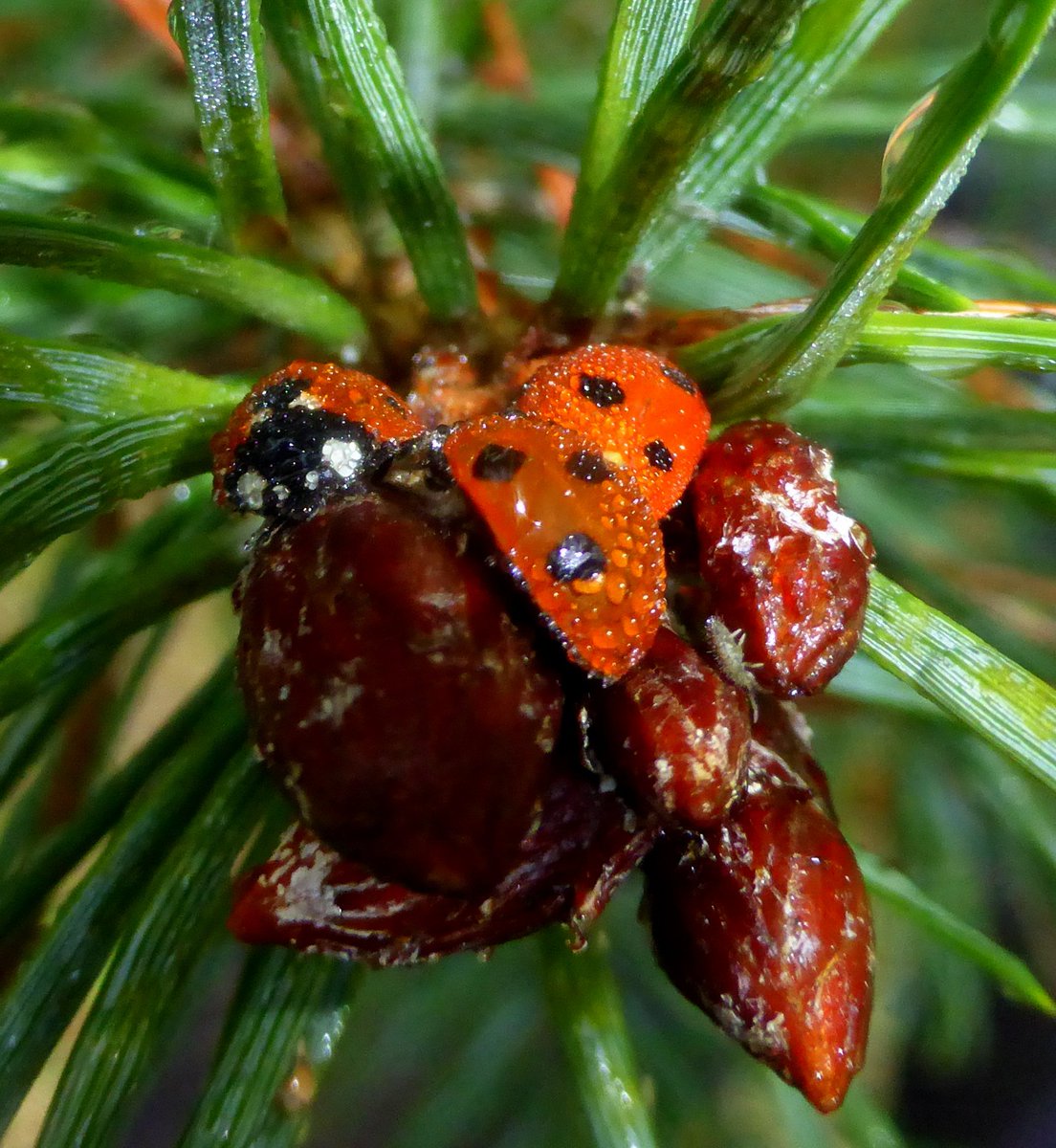
Three dew-dappled 7-spot ladybirds in @SheringhamNT this morning: image via Chris Doward @ChrisDoward, 28 December 2015
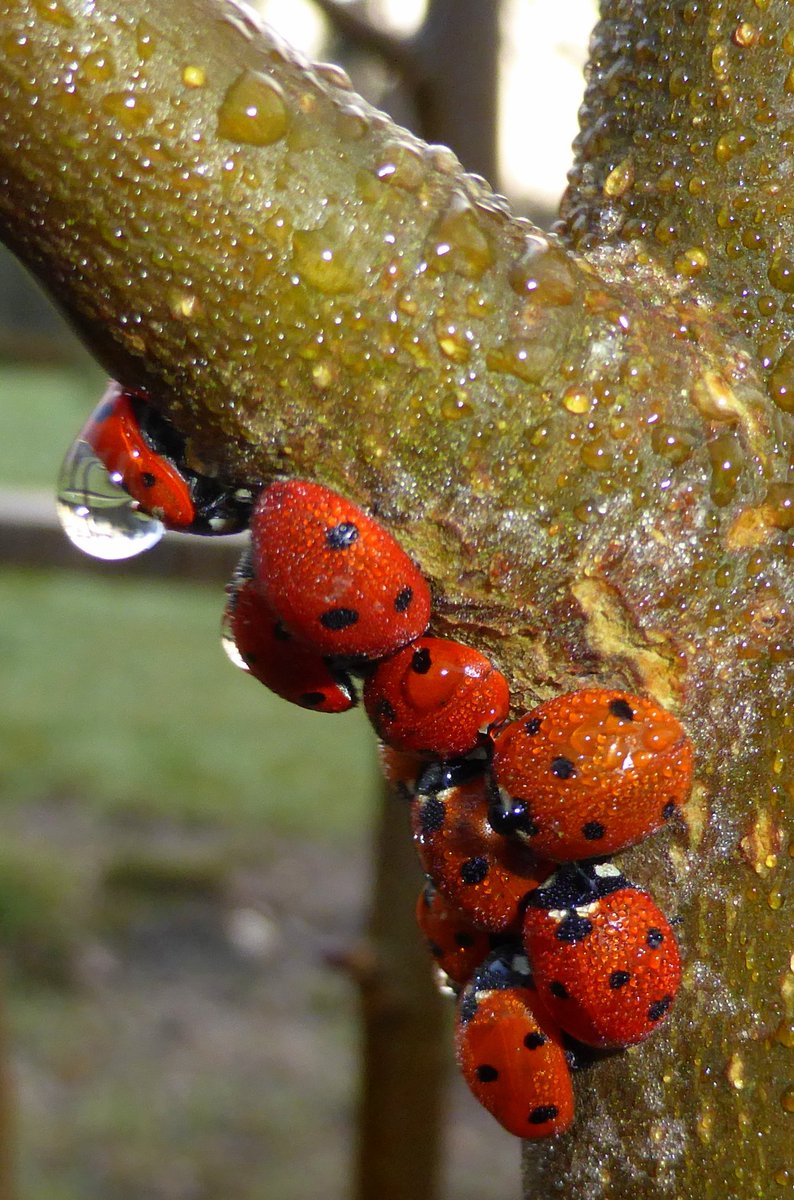
Dew-dappled 7-spot ladybirds in @SheringhamNT this morning. @UKLadybirds @BBCSpringwatch @insectweek: image via Chris Doward @ChrisDoward, 28 December 2015
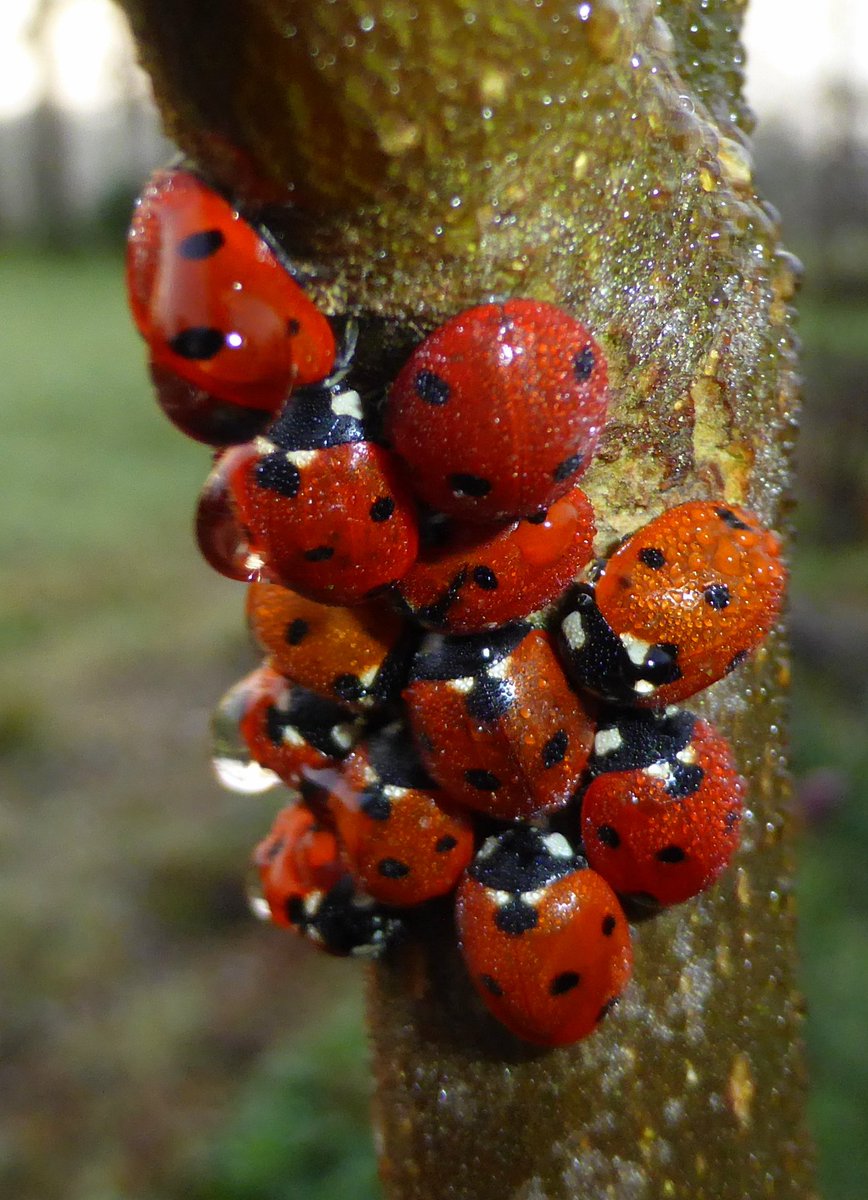
Another view of same ladybirds. At least 12 there. @SheringhamNT @UKLadybirds @BBCSpringwatch @insectweek: image via Chris Doward @ChrisDoward, 28 December 2015

Two-spot ladybird awake in the house this afternoon. Wilden, TL0954 @UKLadybirds: image via Andrew Green @nature_spotter, 28 December 2015

At least something is hibernating as the squirrels aren't #ladybird @UKLadybirds: image via Paul Fisher @DrFishmarketing, 28 December 2015

At least something is hibernating as the squirrels aren't #ladybird @UKLadybirds: image via Paul Fisher @DrFishmarketing, 28 December 2015
Aristocrats among beetles are they, having, like queen bees, special post-office permits
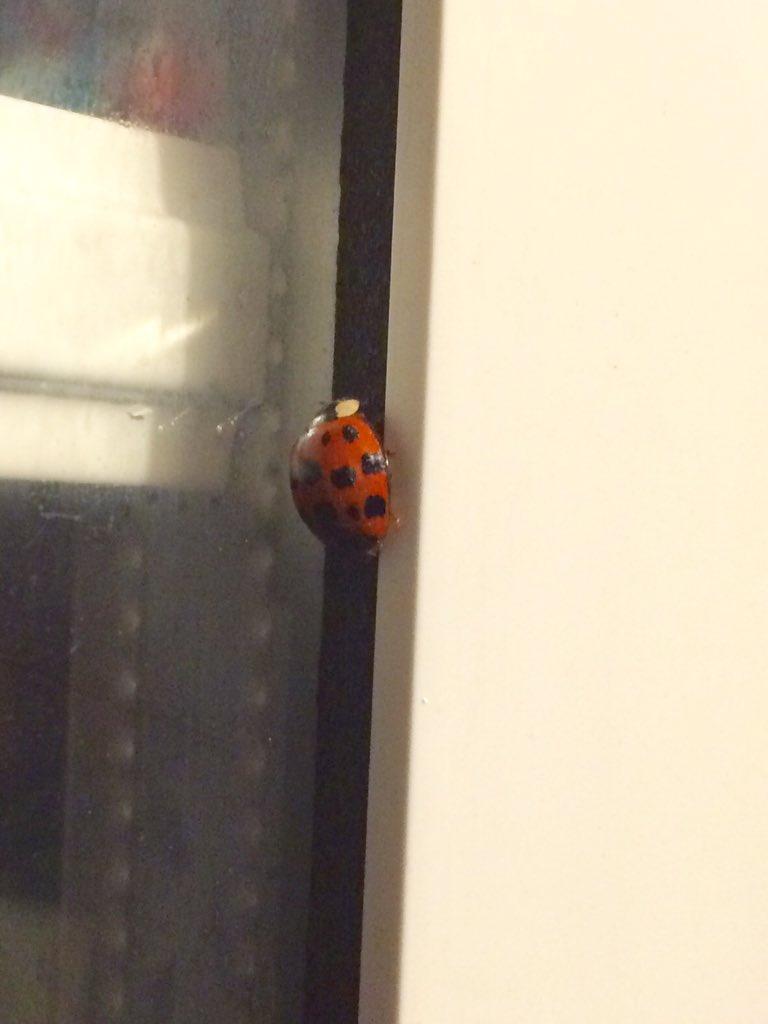
@UKLadybirds @iRecordWildlife spotted in my stepdaughters bedroom Christmas Eve.: image via Sue Reaper @ladybuglass, 24 December 2015

@UKLadybirds two 7-spots yesterday in a brief glimpse of sunshine: image via ArnoldTortoise @arnoldtortoise, 24 December 2015
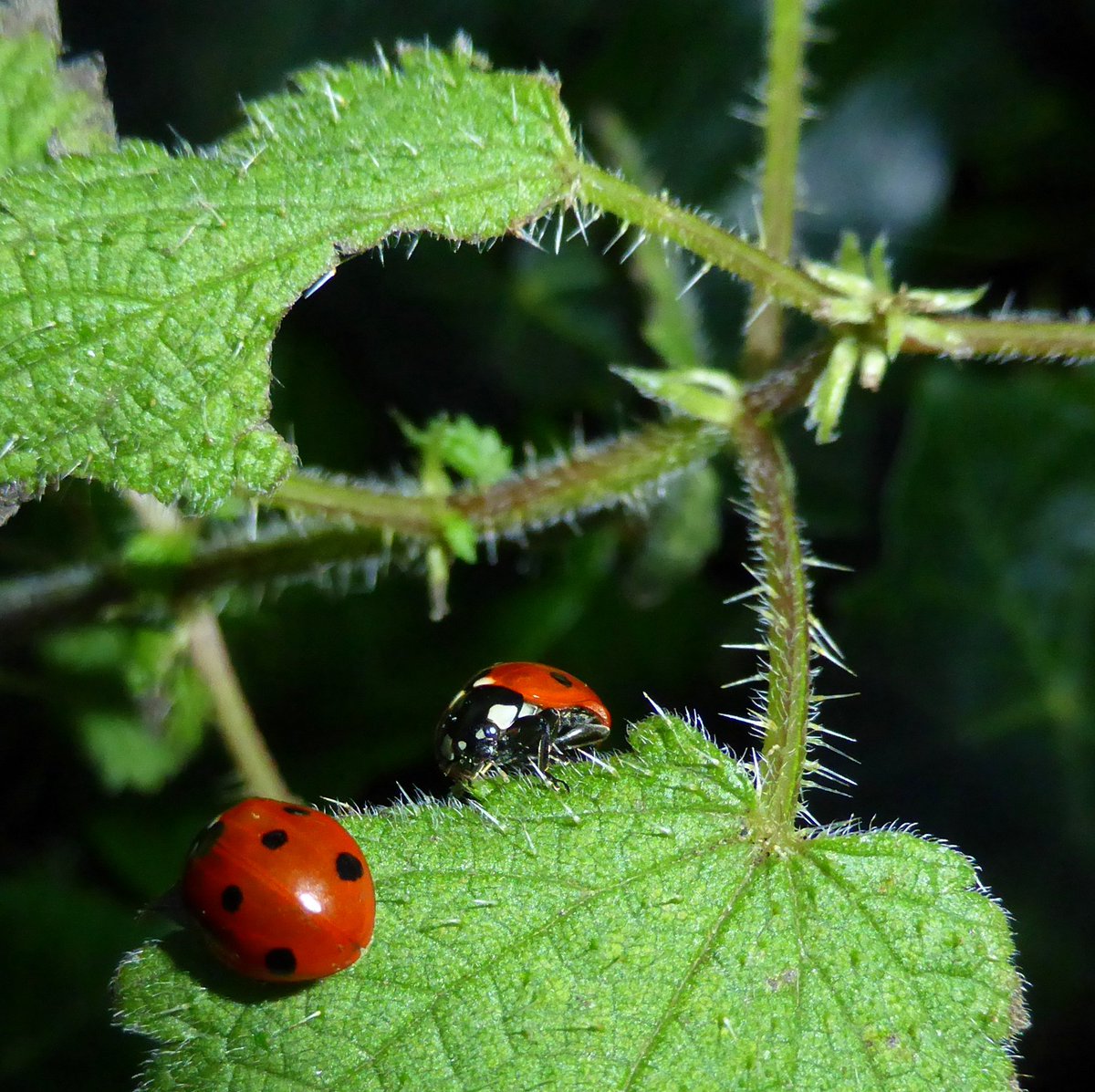
Some active 7-spots found today, top one in picture was on approach to @SheringhamNT from U.Sher @UKLadybirds: image via Chris Doward @ChrisDoward, 19 December 2015
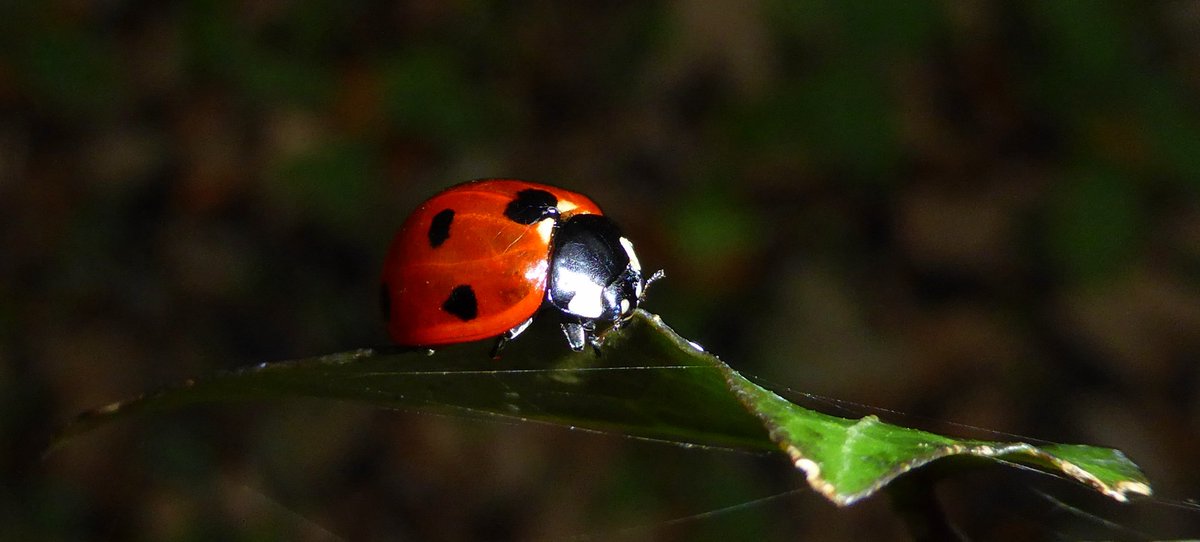
7-spot ladybird found at Spring Beck, Weybourne today @UKLadybirds: image via Chris Doward @ChrisDoward, 19 December 2015
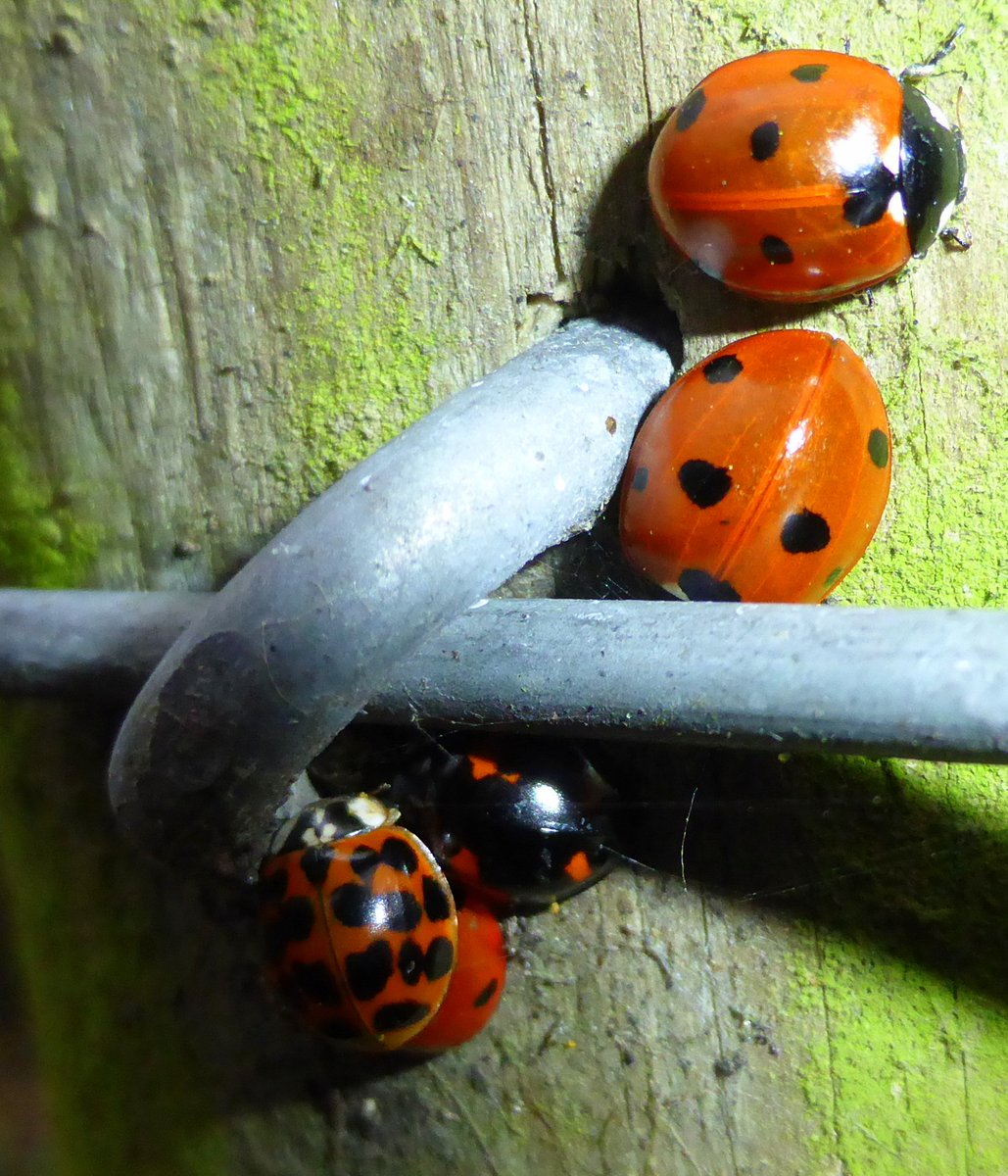
One of a few clusters of ladybirds found today. Spring Beck, Weybourne. @UKLadybirds: image via Chris Doward @ChrisDoward, 19 December 2015
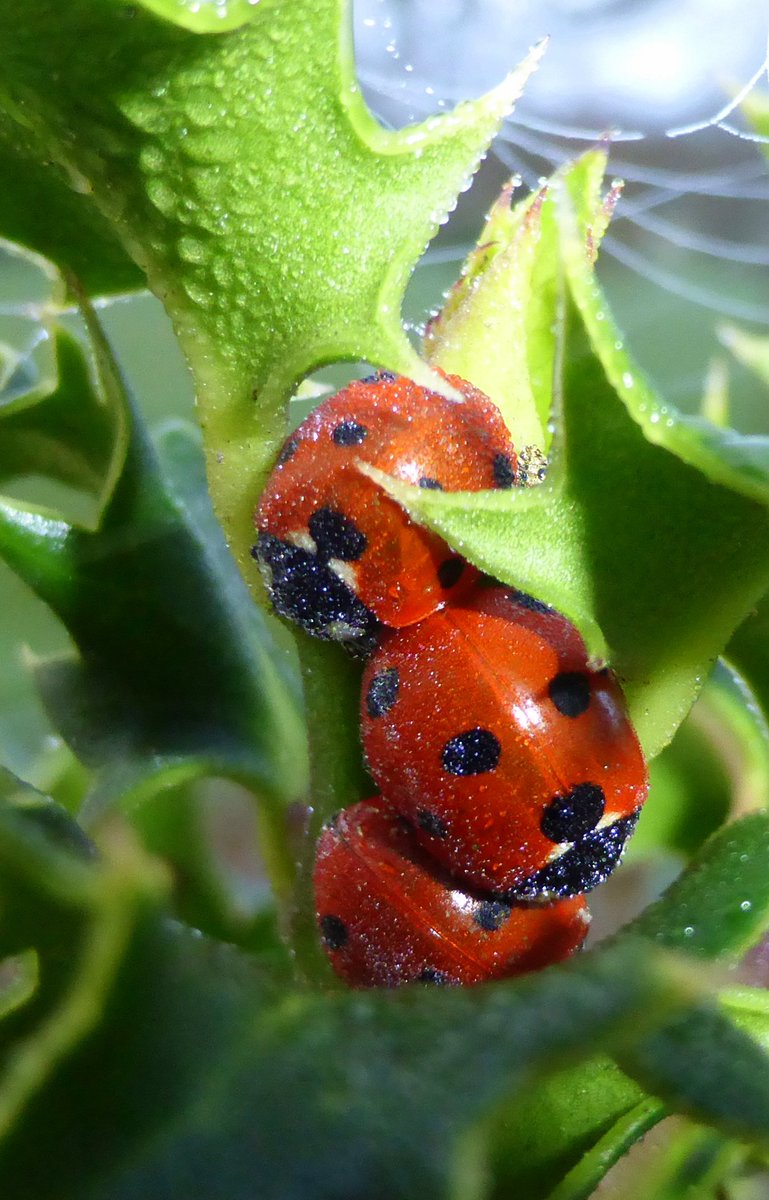
''The holly and the ladybirds.' @SheringhamNT 13/12/15 @UKLadybirds: image via Chris Doward @ChrisDoward, 19 December 2015
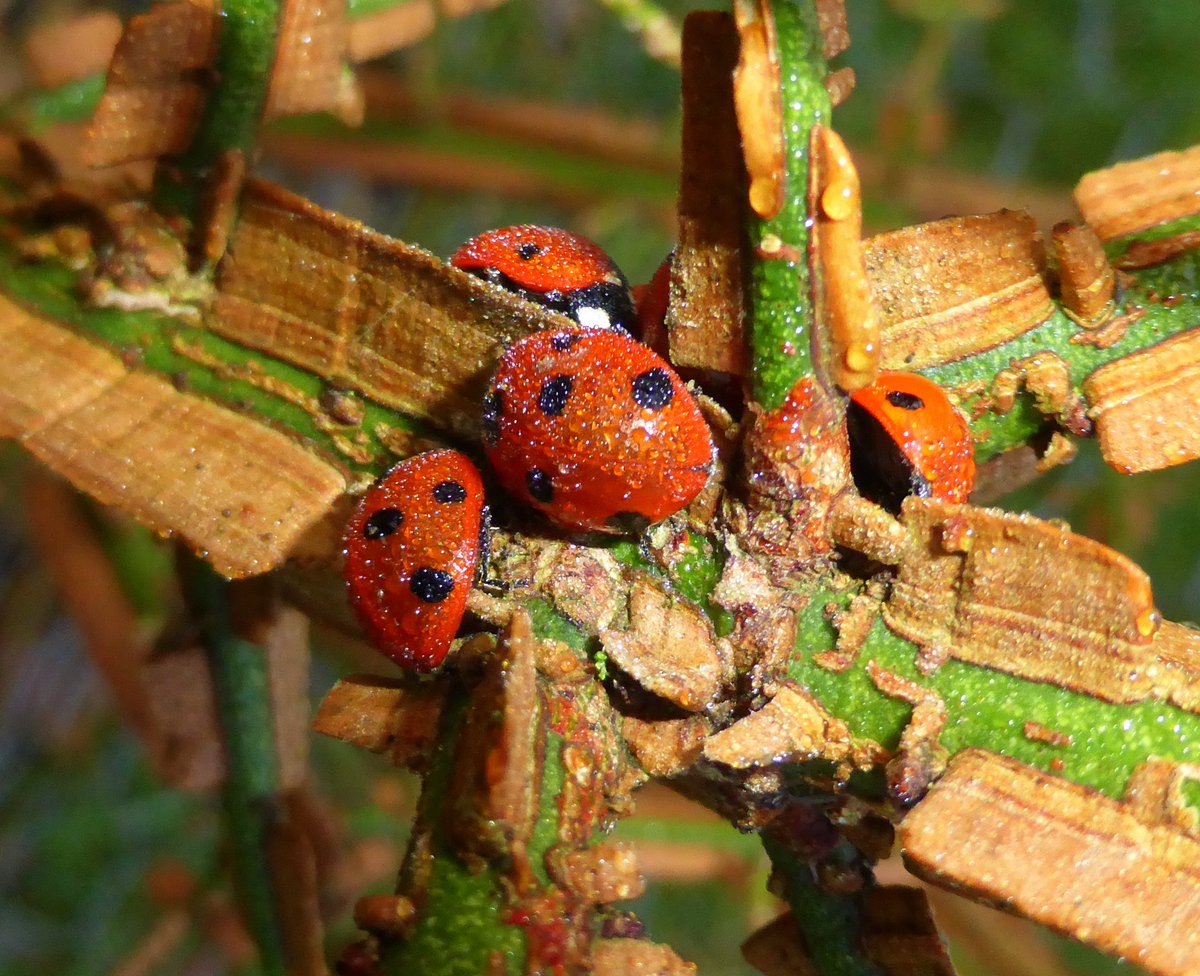
''Frosty the ladybirds.' @SheringhamNT 13/12/15 @UKLadybirds: image via Chris Doward @ChrisDoward, 19 December 2015
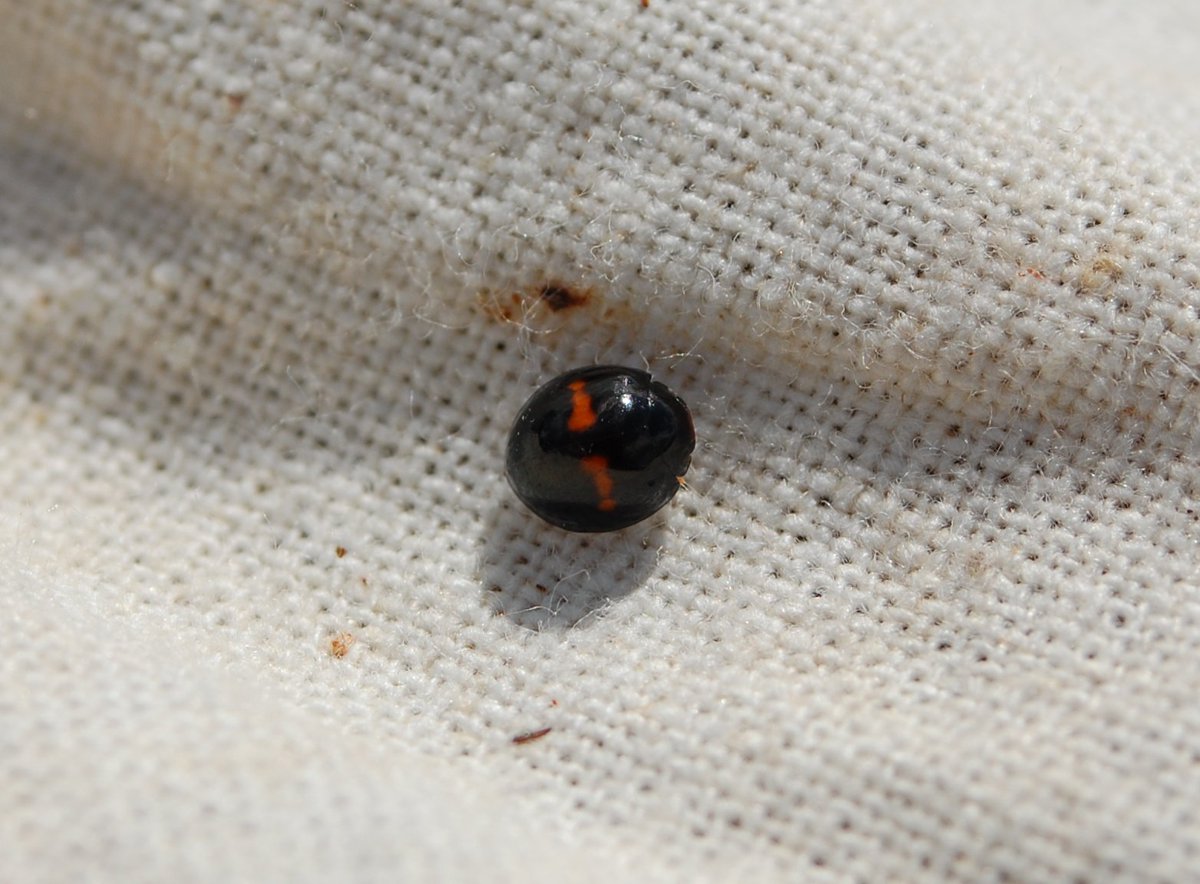
Invert highlights 2015: Heather Ladybird (Chilocorus bipustulatus) swept from heather in August @UKLadybirds: image via Ciará Byrne @kiwibyrne, 19 December 2015
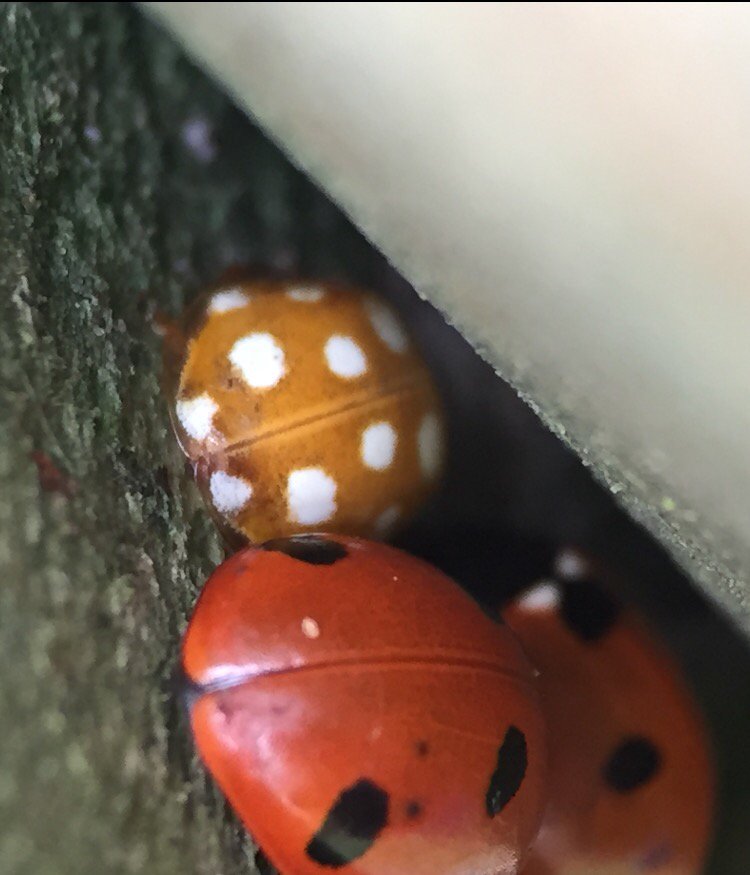
7-spots & Orange Ladybirds hibernating together 16/12 @UKLadybirds: image via Gary snail
@Garymysnail, 16 December 2015
@UKLadybirds: image via Gary snail
@Garymysnail, 16 December 2015
 @UKLadybirds: image via Gary snail
@Garymysnail, 16 December 2015
@UKLadybirds: image via Gary snail
@Garymysnail, 16 December 2015
Time for
what; to be free, or to get on with everyday life?

Willy Lot's House: John Constable, c. 1810, oil on canvas, 25 x 30 cm (Victoria and Albert Museum, London)







8 comments:
Beautiful post. I was particularly struck by the Gilbert White quote. The memory of finding these beautiful creatures as a child and the feeling that can only be described as reverence coming on.
ohhh all that is amazing....lovely...thanks!
Thanks, Tom. Clare is always fascinating. I'm pretty entomophobic, though I make an exception for lady bugs, they'll be happy to know. But it's the lute-playing angels who really caught my eye---the one on the left looks like he's trying to get in tune, the one of the right has his cover image all set for Hard Times in Heaven: Blues on the Lute.
The little beauties will be happy to hear these kind words, those not hibernating that is. Like almost everything else living, it seems they're going through a demanding period as a species -- adjust to the new unnatural circumstances or die.
Weather wicked in one way or another virtually everywhere currently, here we've had a month of wet and cold and wind, temps actually lower on some morns than at the now-comparatively-temperate North Pole, with a month or two or more of fantastic deluges due to arrive at any moment; indeed, out the window one can see them coming, pushed onshore by the approaching wall of Chinese pollution and the impulsive floating mass of conglomerated plastic garbage located off the coast off Oregon, though in fact it's closer to the size of Texas, and rumoured to be now motorized as well -- can it be the devious doings of Putin, once again?
Nobody has ever proved that creatures that are small are also stupid, though by our way of thinking I suppose any species that isn't packing or at least in some way licensed as an app can't possibly be considered intelligent. Thus, for example, the japanese businessmen fanboys we saw at last week's star wars premiere in tokyo, in their tailored high-tide trousers with the bobbysox showing, would be considered intelligent, as would, for example, the fabricators of the vehicle, though they're all fat and pissed off and talentless or old and gnarly and pissed off at everybody who's getting a cut of their billions.
And yet, here, the lovely, harmless, brilliant ladybirds / ladybugs have flat-out disappeared, a sign of high intelligence or at least good sense on their part, perhaps, yet not at all a good sign for things that might wish to grow, as the voracious blackflies and whiteflies and aphids, in the absence of these vital little guardians, are likely to go nuts and conquer the universe.
Grateful by the way for the acknowledgment of the several grand geniuses roped into contributing to this small anthem to bugs -- not only the wonderful Clare, whose ear for the common speech of his time was so much more finely attuned than the relatively blunter antennae of the more extensively "educated" toff poets that he's now credited with the addition to the language of not only the lovely "clock-a-clay" but a total of some 858 terms not previously recorded (of course he did not "invent" any of them, he simply heard them spoken, by real people, in the days when people speaking did not sound like mere echoes of their smartphones), but that painstaking observer of all things great and small, Gilbert White, and those two handy fellows with the brushes, Andrea Mantegna, who had obviously seen a lute or two though he probably hadn't seen the Virgin Mary, and (though nobody's mentioned him yet, but why can't I?) John Constable, whose early canvas, seen here, shows a cottage where, I believe, his own father had dwelt, and a dog which, I'd wager, once was as alive as any of us, and a landscape so endeared that when I look at it, the phrase that comes to mind, with an elegiac echo, is "an actual earth of value" -- a term, of course, from another world entirely, yet one also threatened with an imminent draining-away of all meaning, much like, sadly, all else we humans, monarchs in our own minds yet in reality hardly higher in any conceivable honest scale of being than insects, have e'er made or uttered.
The thing about bugs
wherever they land
they keep on walking
Aye--blessed be the little ladybug and the magical eye and unerring ear of Clare!
And the abundant indefatigable energy of Tom and Angelica and this eye-opening heart-rending site! Bugs — up up and away!
Sweet memories of my wife's mother (a grammar school french teacher) who would speak the tongue of romance to her spotted favorite creatures. Thanks, Tom, for this day bringing her flying back if only for a moment.
Post a Comment